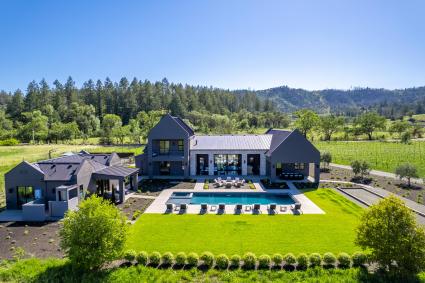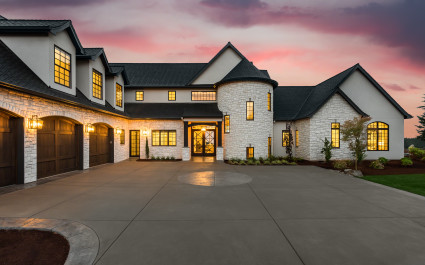Luxury vacation clubs: Everything you need to know
There are so many ways to vacation: the consistency of a hotel, the extra space in a vacation rental, the structure of a What is a luxury vacation club? A vacation club is a membership-based program that gives participants access to thousands of hotels, rental vacation homes and travel experiences. Luxury vacation clubs take these offerings to the next level, with an exclusive, curated collection of Many large hotel chains — Hilton, Marriott, Hyatt and Wyndham, for example — have travel clubs designed around their own collection of hotels and resorts. However, the most exclusive, high-end vacation clubs operate independently of a single hotel brand, offering their members a wide range of options. How do luxury vacation clubs work? While each luxury vacation club has its nuances, they typically operate with the same general model. Members usually pay a one-time initiation fee to join. Costs can range from a few thousand to much more, depending on how exclusive the club you join is. Then, you’ll pay annual dues, with prices fluctuating based on how much you want to travel each year. In exchange for your investment, you have access to a wide range of accommodations and experiences, many with better perks, lower per-night costs and more options than you’d find if you booked on your own. Some offer a rewards program based on your spend. The most exclusive travel clubs — among them What are the most popular luxury vacation clubs? Vacation clubs are available at a wide variety of price points, but in the luxury space, there are a handful of clubs that lead the pack among jet-setters. Inspirato Inspirato boasts a portfolio of high-end homes, hotels and experiences in the most sought-after vacation destinations. Service is Inspirato’s hallmark, including travel planning, an on-site concierge, daily housekeeping and more. A rewards program provides extra discounts, early access to special events and complementary guest passes, depending on how much you spend each year. Inspirato offers two tiers of membership: Inspirato Club and Inspirato Pass. Inspirato Club, a traditional vacation club membership model, lets you choose between a monthly or annual membership, both of which will set you back $7,800 per year. The monthly membership is more flexible, allowing new members to try out an Inspirato membership without a large upfront investment, but the monthly membership does require a $650 enrollment fee. The Inspirato Pass is a more flexible, monthly subscription model. For $2,550 per month, members can book Pass Trips from a list of over 1.5 million options, with nightly rates, taxes and fees included. There are limits to how many trips you can have reserved at a time. Exclusive Resorts If Inspirato is a luxury vacation club, Exclusive Resorts is an ultra-exclusive vacation club. Their 4,000 members have access to 400 exquisite homes and expansive experiences in 75 global destinations. Most of the homes are owned by Exclusive Resorts, which allows for a consistently high level of service and amenities. Members enjoy the services of a travel planner before each trip, plus a dedicated concierge at the destination. Exclusive Resorts invites only about 200 new members each year. Members pay a $195,000 initiation fee for a 10-year plan, plus $42,250 each year for 25 travel days. Solstice Collection Solstice Collection offers a more intimate luxury club experience, with far fewer properties but a promise of better availability. There’s a 6:1 ratio of homes to members, making it easier to book and enjoy time at the home you want. All of the homes in their portfolio are in the multi-million-dollar range and they include a sunny hillside estate in Cabo San Lucas, a historic palace in Florence and a private beach oasis in Koh Samui. The costs of Solstice Collection membership include a one-time initiation fee of $15,000, plus annual dues ranging from $49,000 to well over $100,000, depending on how many nights you’d like to travel. What’s the difference between a vacation club and a timeshare? While both In terms of financial investment, both timeshares and vacation clubs require an upfront payment and ongoing dues. However, timeshare owners often get saddled with maintenance fees, taxes and special assessments. And timeshares can be notoriously difficult to resell. How is Pacaso different? Luxury vacation clubs offer access to incredible properties around the world. So does Pacaso, with one major difference: You own your second home. Discover how Pacaso stacks up against Inspirato. Pacaso uses an innovative With homes available from
Read









